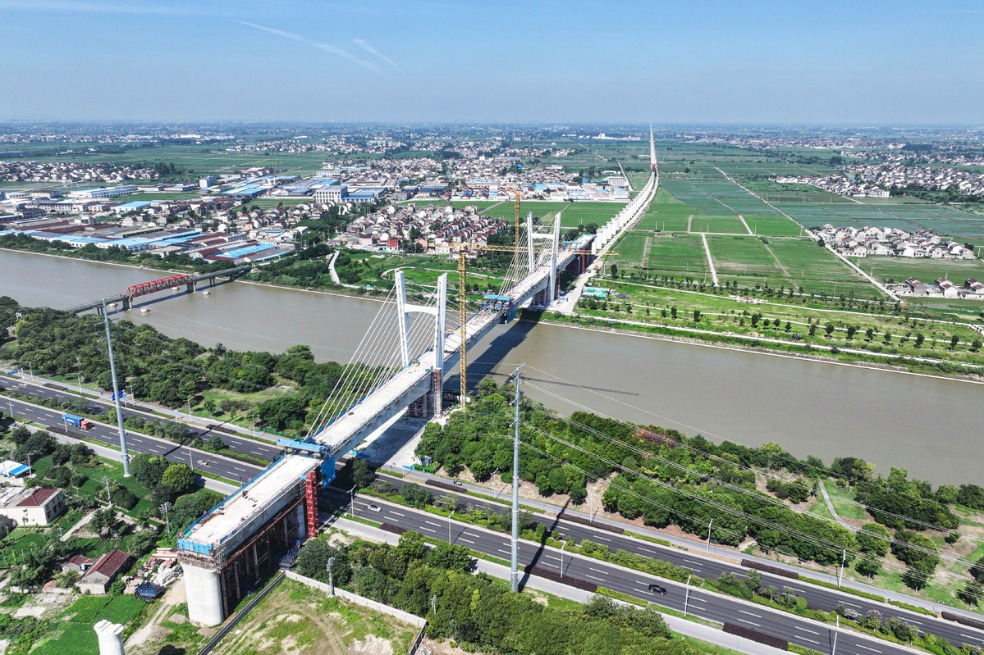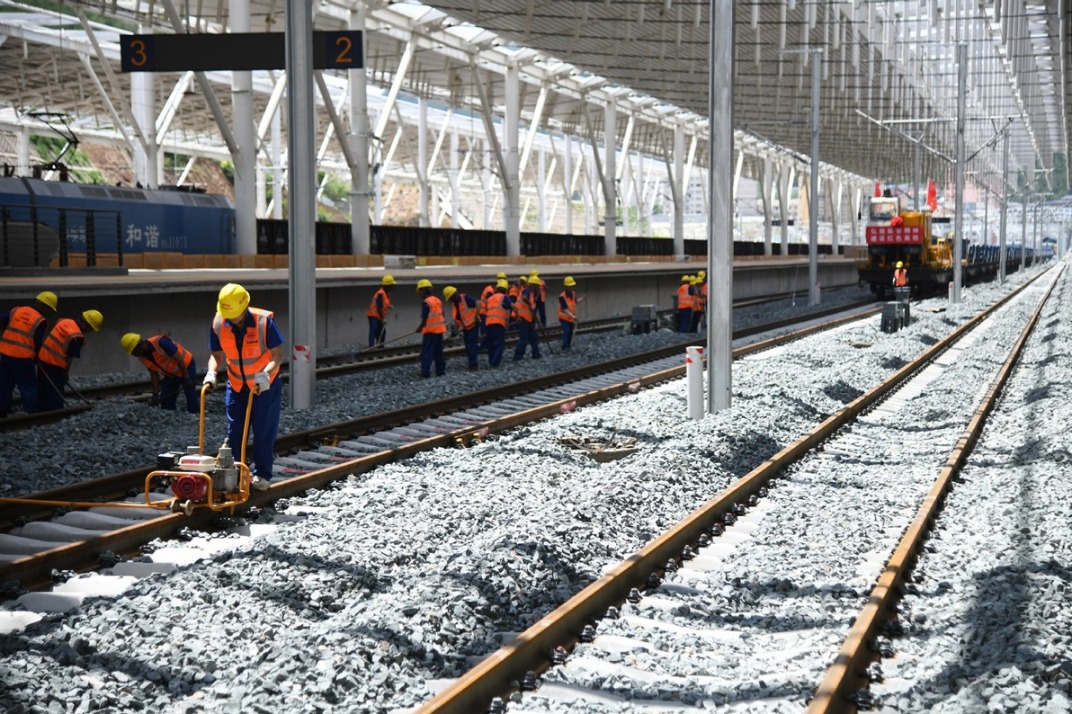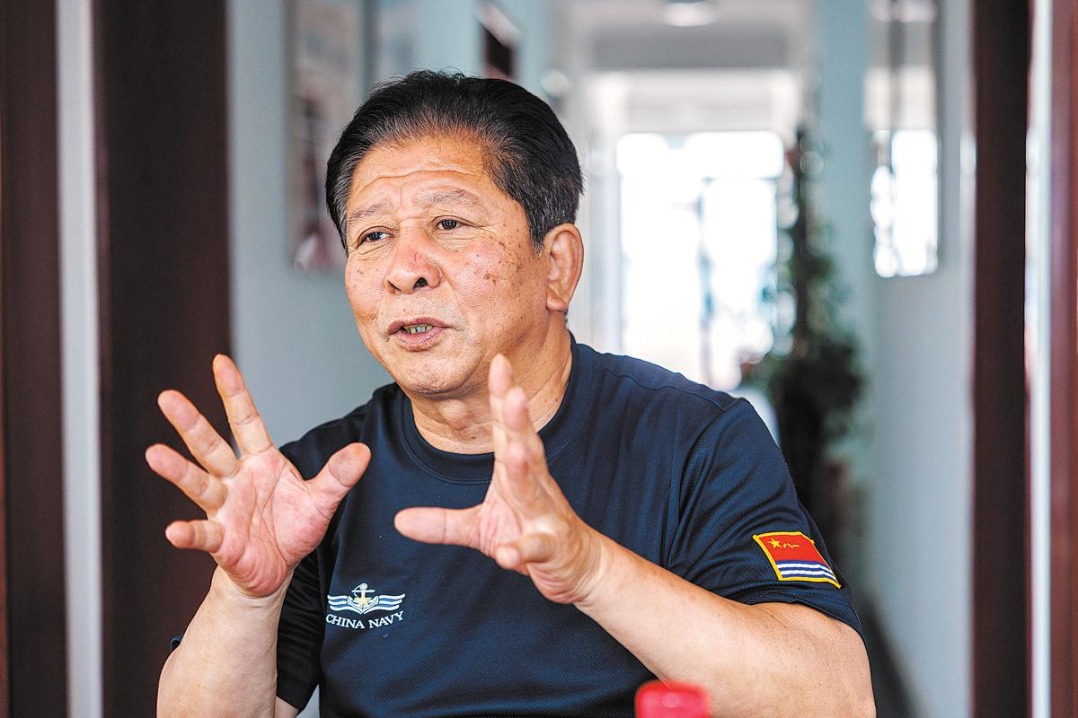An analysis of American interference in Xinjiang affairs under the context of human rights protection - A research report from the perspective of Xinjiang's population





II. Present truth based on facts
Population is considered endogenous to economic growth, and is closely related to economic and social development. Population situation plays an important role in optimizing resource allocation, promoting trade circulation and enhancing economic vitality. The economic and social development of Xinjiang bears on the well-being of the people of all ethnic groups there, and the population situation of all ethnic groups is of great significance to the economic and social development of Xinjiang.
1. Analysis of Xinjiang's population situation based on population growth trend
According to the statistics, from the change trend of the total population at the end of the year in Xinjiang, the total population of Xinjiang at the end of 2010 was 21.8158 million, and the total population of Xinjiang at the end of 2018 was 24.8676 million. Compared with 2010, the total population of Xinjiang at the end of 2018 increased by 3.0518 million.
Judging from the changing trend of the Uygur population in Xinjiang, the Uygur population in Xinjiang was 10.1715 million in 2010, and the Uygur population in Xinjiang was 12.7184 million in 2018. Compared with 2010, the Xinjiang Uygur population increased by 2.5469 million in 2018. Judging from the changing trend of the Han population in Xinjiang, the Han population in Xinjiang was 8.8299 million in 2010, and the Han population in Xinjiang was 9.0068 million in 2018.
Compared with 2010, the Han population in Xinjiang increased by 0.1769 million in 2018. It can be seen that both the total population of Xinjiang at the end of the year, the Uygur population and the Han population are all on the rise.
Concerning the health development of all ethnic groups in Xinjiang, since the founding of the People's Republic of China in 1949, physical fitness of the ethnic populations in Xinjiang has been greatly improved thanks to the rapid development of the medical and health care system.
According to the statistics released by the Statistical Bureau of Xinjiang Uygur Autonomous Region, the death rate in Xinjiang dropped from 20.82‰ in 1949 to 4.56‰ in 2018, a drop of 16.26‰. It demonstrates that the right to health of Xinjiang's ethnic populations has been effectively protected.
2. Analysis of Xinjiang's population situation based on population structure
According to the data released by the Statistical Bureau of Xinjiang Uygur Autonomous Region, over the 40 years from 1978 to 2018, the ratio of male to female in Xinjiang remained stable.
As Table 5 shows, from 1978 to 2017, the male population in Xinjiang remained slightly larger than the female population. In 2018, the female population in Xinjiang surpassed the male population for the first time in 40 years.
According to the statistics, in 2018, there were 12.3983 million men in Xinjiang, accounting for 49.86% of the total population; the female population was 12.4693 million, accounting for 50.14%. However, looking at the gender composition in Xinjiang over the past 40 years, the proportion of male to female remained an overall balance. Therefore, we can say gender selection is almost non-existent in Xinjiang.

3. Analysis of Xinjiang's population situation based on educational levels
A thriving education makes a thriving country and a powerful education makes a powerful country.
The situation of higher education is an important indicator of a country or region's development and potential. Presently, Xinjiang is in the golden period of development, and the need for science and talents becomes more urgent than ever.
According to the Statistical Bureau of Xinjiang Uygur Autonomous Region, the number of students in Xinjiang's institutions of higher learning was 10,229 in 1978, and the figure rose to 398,751 in 2018. That is to say, from 1978 to 2018, the number of students in institutions of higher learning in Xinjiang increased by 388,522.
From a diachronic perspective, as shown in Chart 3, the number of students in institutions of higher learning in Xinjiang has been increasing year by year since 1978. The number went straight up especially after 2000.
The data suggests that the right to education of people of all ethnic groups in Xinjiang has been effectively protected.

- Lai condemned for citing 'threats' to call for hiking 'defense' spending
- Govt to soon allow private cars to enter Hong Kong from Guangdong
- Zhangjiajie National Forest Park emerges after rain like a fairyland
- Shanghai summer kicks off with 'Easy Go'
- Miao ethnic carnival in Hunan draws thousands
- Hebei roasted lamb contest blends history, tourism

































